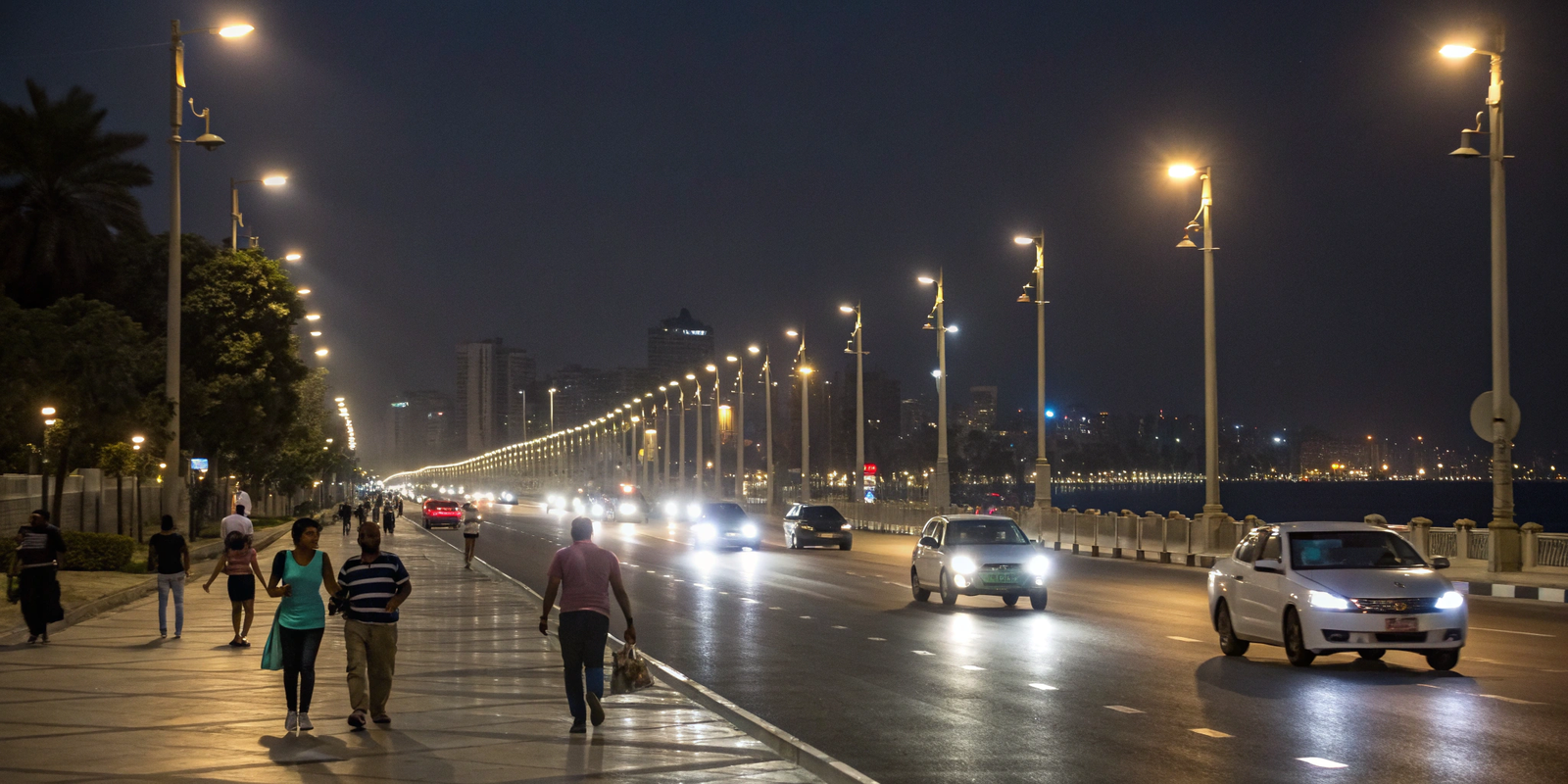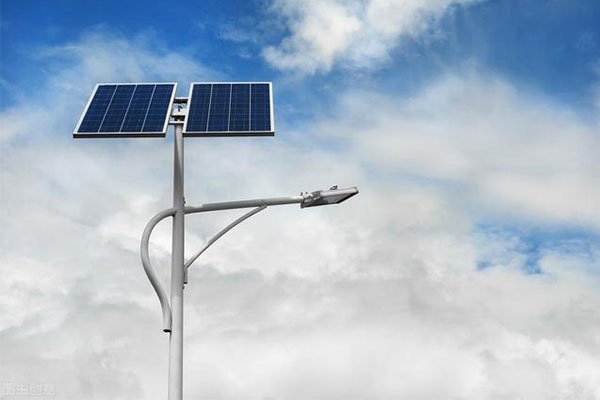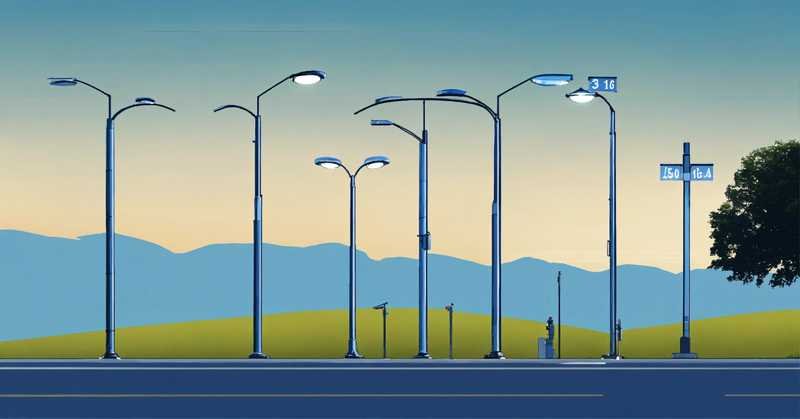If you’ve ever Googled how solar street lights work and ended up more confused, you’re not alone.
Solar street lights work by converting sunlight into electricity during the day using solar panels. This energy is stored in a battery and used to power LED lights at night. A built-in sensor controls the on/off switch automatically based on surrounding light conditions.
Stick around and I’ll break this down clearly — without technical jargon — so you understand exactly how solar street lights operate, what parts they include, and whether they’re right for your project.
What Are the Main Parts of a Solar Street Light?
Tired of diagrams that look like rocket science?
Solar street lights are made up of just a few main components, each playing a specific role to make the light work independently from the electrical grid.
Each solar street light includes: a solar panel, a rechargeable battery, an LED lamp, a controller, and sometimes motion or light sensors — all mounted on a pole or structure.
- Solar Panel: Converts sunlight into electrical energy
- Rechargeable Battery: Stores energy for use at night
- LED Lamp: Provides efficient, bright light
- Controller: Manages energy flow and protects battery health
- Light/Motion Sensor (optional): Automates on/off or adjusts brightness
- Pole & Mounting: Supports and protects all the components
Step-by-Step: How It Works (Day & Night Cycle)?

Confused about what happens day and night?
It’s simple. Solar street lights have a 24-hour rhythm that repeats every day, powered completely by the sun.
During the day, sunlight hits the solar panel, which charges the battery. At night, a light sensor detects darkness and sends the stored power to the LED lamp to light up.
Daytime Operation
- Sunlight hits the panel
- The panel turns sunlight into electricity
- Electricity is stored in the battery
- Controller prevents overcharging
Nighttime Operation
- Light sensor detects darkness
- Controller activates LED light
- Battery releases stored power to LED
- Light shuts off automatically at dawn
Why Choose Solar Street Lights?
Still wondering if it’s worth switching from grid lights?
Solar lights aren’t just about going green. They offer very practical advantages, especially for off-grid or cost-sensitive projects.
Solar street lights are cheaper to run, easier to install, and better for the environment — with no electricity bills or wiring hassles.
- Zero Electricity Bills: All energy comes from the sun
- Simple Installation: No need for wiring or trenching
- Remote Ready: Works even in areas without grid power
- Environmentally Friendly: No carbon emissions
- Low Maintenance: Just clean panels and check batteries occasionally
Common Questions People Ask

Still got questions? So did most of my clients before we installed their systems. Here’s what I hear most often.
Yes, solar lights work in cloudy weather. Most systems have enough battery backup to run for multiple days without sun. And modern LEDs are bright enough to meet road lighting standards.
Do They Work in Cloudy Weather?
Yes. Systems are designed with backup capacity for 3–5 cloudy days.How Long Do They Last?
- LED lamp: 50,000+ hours
- Battery: 3–8 years
- Solar panel: 20+ years
Are They Bright Enough?
Yes. 3000–12000 lumens is typical for most public roads.What’s the Difference: All-in-One vs Split?
- All-in-One: Compact, good for cities
- Split Type: Better for high-heat areas or more flexibility
Solar vs Traditional Street Lights: A Quick Comparison
Trying to compare apples to oranges?
Let me make it easy. Here’s a side-by-side look at how solar and traditional grid-powered lights stack up.
| Feature | Solar Street Light | Traditional Street Light |
|---|---|---|
| Power Source | Sunlight | Grid Electricity |
| Installation | Simple (no wiring) | Complex (trenching, wiring) |
| Maintenance | Low | Moderate to High |
| Operating Cost | Zero | Monthly Bills |
| Outage Risk | Low | High (if grid fails) |
| Environmental Impact | Green | Pollution from grid energy |
Conclusion
Solar street lights are simple, smart, and cost-effective. Whether you're lighting a highway, a village path, or an industrial park — they offer unmatched value, especially in areas where power access is limited or unreliable.
Bonus: Tips for Choosing the Right Solar Street Light

Choosing from all the options out there can be overwhelming. Let me make it easier.
Match the brightness, battery, and panel size to your local conditions and lighting needs. And don’t forget smart features like motion sensors or remote control.
Match Brightness to Use
- Village paths: 1500–3000 lumens
- Streets: 3000–6000 lumens
- Highways: 6000–12000 lumens
Choose the Right Battery
- Lithium-ion: Lightweight, efficient
- LiFePO₄: Safer, lasts longer
- Lead-acid: Cheaper, heavier
Check Sunlight Hours in Your Area
If sunlight is limited, go for bigger panels and stronger batteries.Look for Smart Features
- Motion sensor
- App-based control
- Adaptive brightness
Want help picking the right model for your project in Uganda? Reach out — I’ll walk you through the options and recommend what fits your location best.







